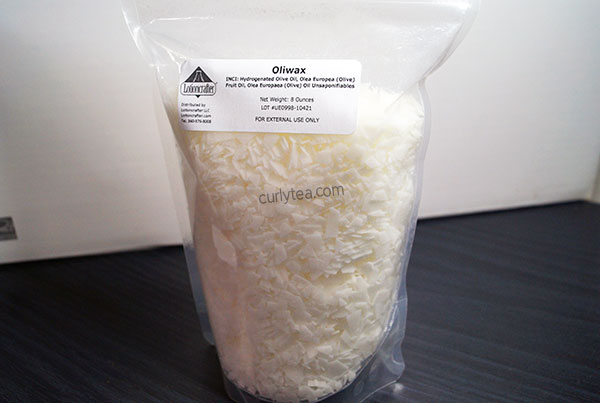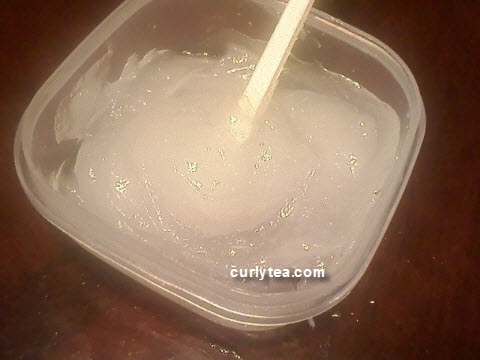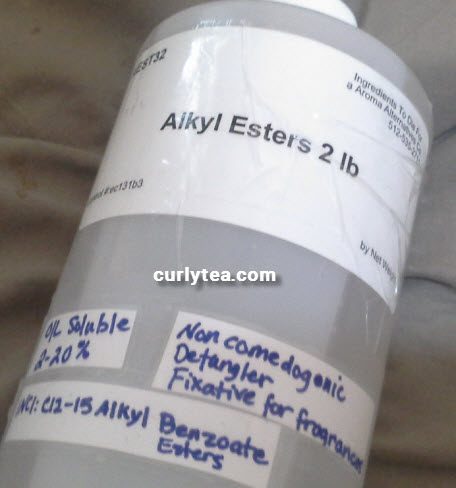INCI: Ulmus rubra
Slippery elm bark comes from the Slippery Elm tree. The inner bark is what’s used for teas and medicines. Slippery elm bark is incredible and probably should be used more in the natural hair care community.
Its full of mucilage! I’m not kidding. In my experience, it has tons more mucilage than dried marshmallow root (I can’t speak for the powdered marshmallow root, though).
Internally, slippery elm is great for indigestion and to sooth a sore throat. It’s also been used medicinally to treat irritable bowel syndrome (IBS), urinary tract infections and constipation.
Its anti inflammatory and is said to be good for menstrual cramps. It is also thought to remove excess mucus and gets rid of toxins in the body.
Slippery elm is full of minerals like manganese, sodium, potassium, calcium, iron, selenium, iodine, copper, zinc. Its also high in Vitamin K and E, according to reports.
In hair, Slippery elm bark can be used to make a gel for your hair, much like how flaxseed gel is used. Its also used to enhance commercial (off the shelf) conditioners to improve their slip. It is said to have anti bacterial properties and helps to strengthen hair.
The way you make flaxseed gel is similar to the way you can make slippery elm bark gel. However, you can also just poor hot water over slippery elm bark, let it sit, and it’ll create the mucilage.
One way I’ve used Slippery elm is the base to help thicken up a liquidy serum I was testing previously.
The first thing you’ll notice when you use it on your hair (slippery elm bark gel + any oil), is shine. Shine seems to be no problem when using many types of teas/botanical extracts.
You’ll find Slippery Elm bark as an ingredient in products like Curl Junkie’s Smoothing Lotion, and Luv Natural’s “Love Me & Leave-In Conditioner”.
Slippery elm bark is essentially a food product and you can even make a porridge out of it to eat! However, avoid taking it with medication as its mucilage can effect the absorption of medication.




